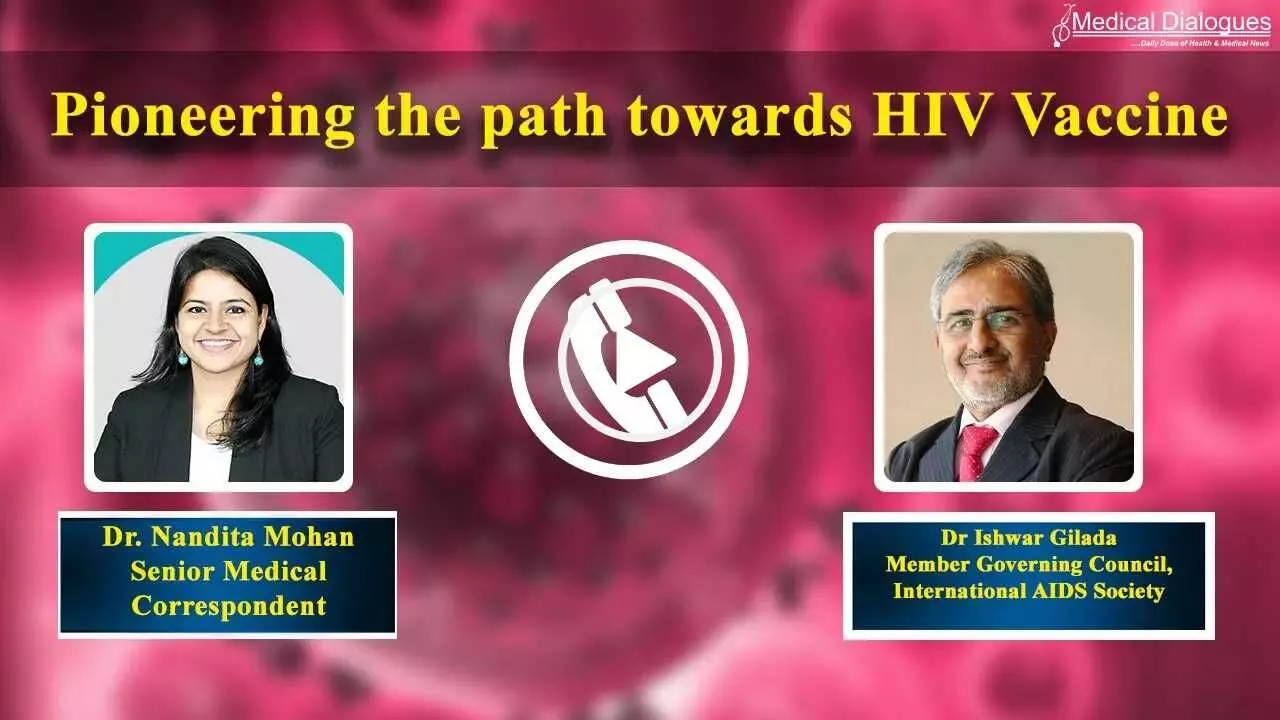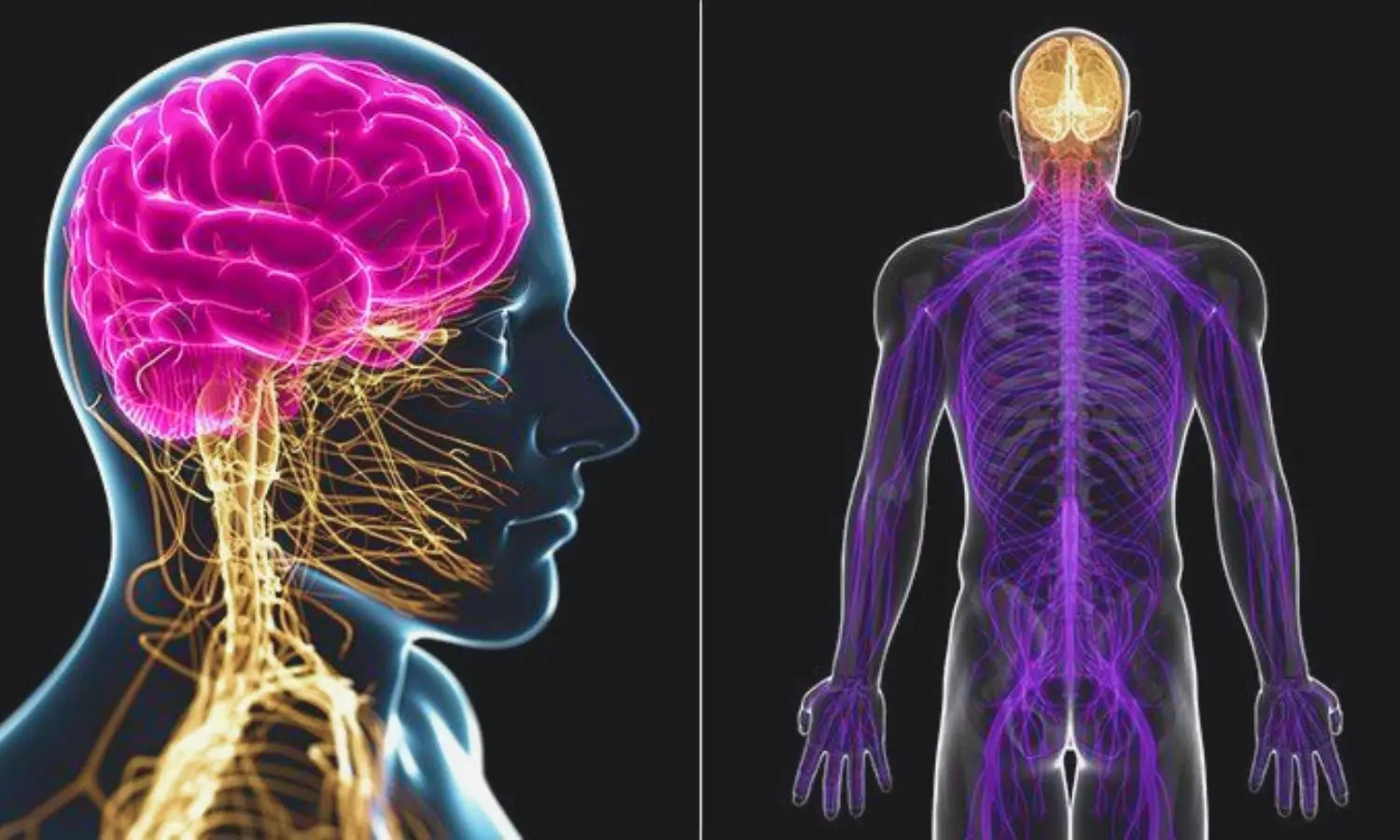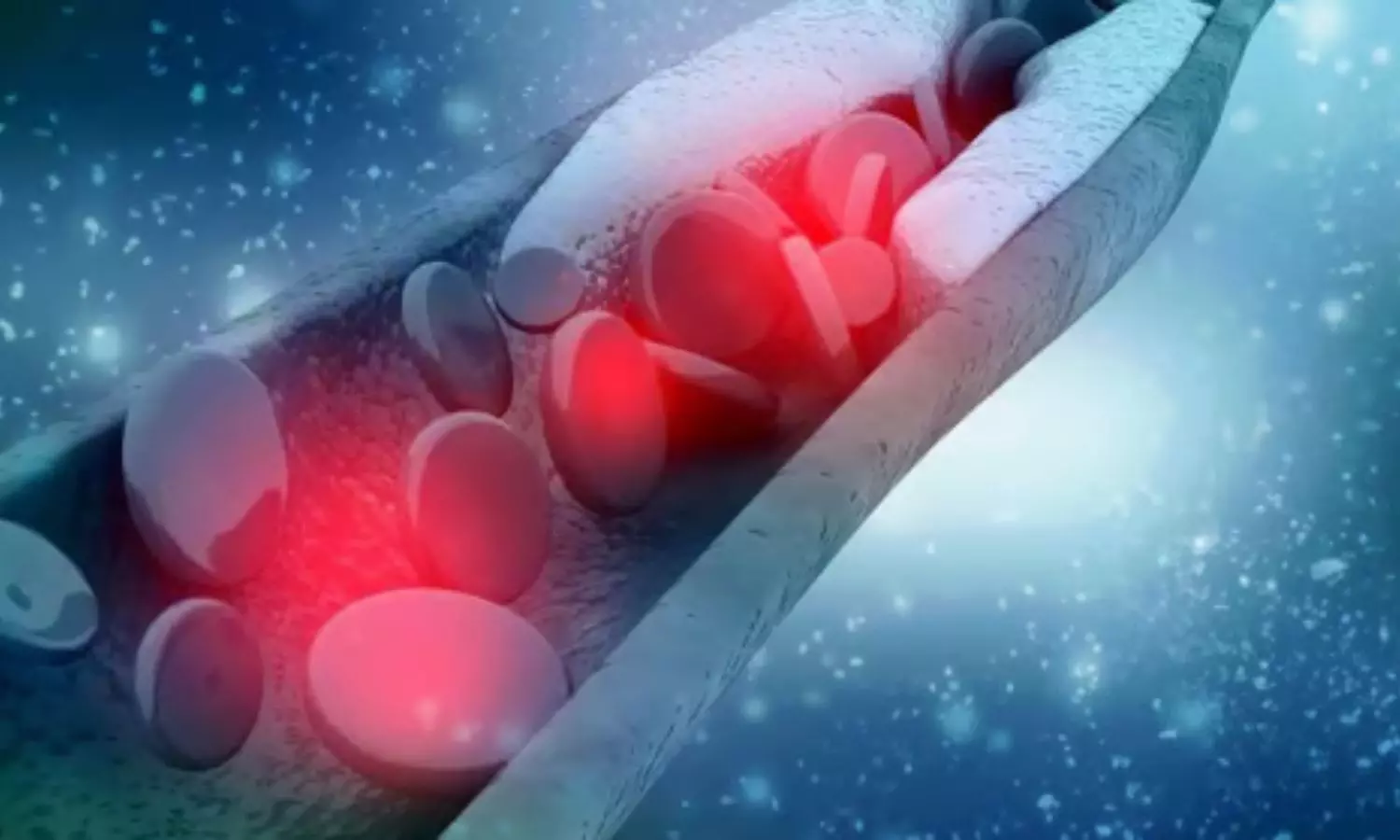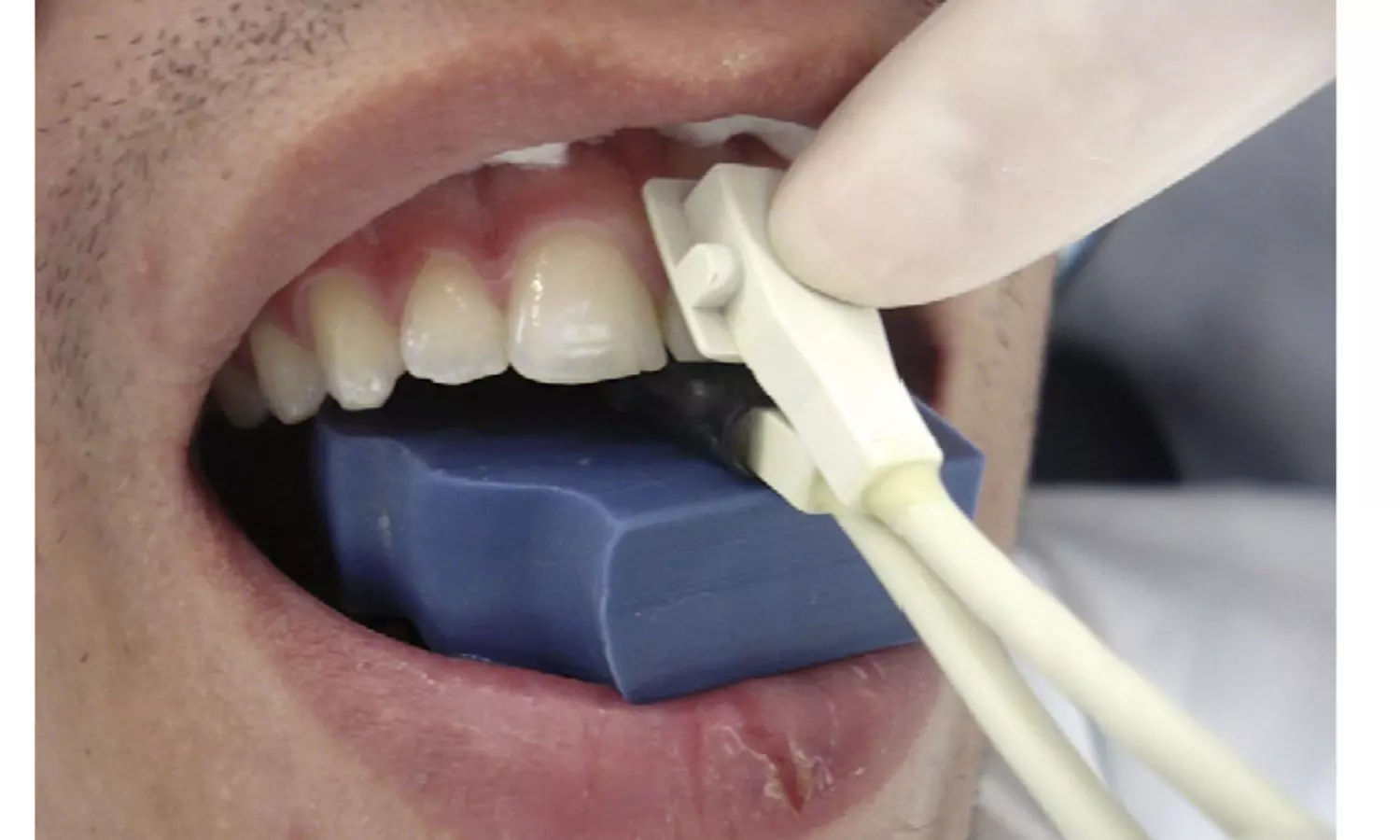A quarter of deaths among young adults in Canada were opioid related in 2021: Study
Powered by WPeMatico
Powered by WPeMatico
Powered by WPeMatico
Powered by WPeMatico
Powered by WPeMatico

HIV (Human Immunodeficiency Virus) remains one of the deadliest infectious diseases and developing an HIV vaccine remains a global health priority. Although new treatment and prevention options have changed the HIV landscape for the better, an HIV vaccine is still needed to bring a true end to the HIV pandemic.
The Indian epidemic is concentrated among vulnerable populations at high risk for HIV. The concentrated epidemics are driven by unprotected sex between sex workers and their clients and by injecting drug use with contaminated injecting equipment. Several of the most at risk groups have high and still rising HIV prevalence rates. Recent data suggests there are signs of a decline in HIV prevalence among female sex workers in areas where focused interventions have been implemented, particularly in the southern states, although overall prevalence levels among other high risk group continues to be high.
Speaking to Medical Dialogues is Dr Ishwar Gilada, an HIV specialist having experience of 43 years, the President Emeritus of the AIDS Society of
India and Member Governing Council, International AIDS Society
Dr Gilada emphasizes the need for the development of HIV Vaccine and that more clinical trials and research is needed to support HIV vaccines. He further discusses the following-
1. It is a known fact that an early diagnosis of positive HIV status helps prevent and significantly delay morbid conditions associated with HIV/AIDS but Over 90% of those infected with the virus are not aware of their status.
2. How do researchers address the challenges of HIV’s genetic diversity and ability to evade the immune system in developing a vaccine?
3. What role do public health policies and community engagement play in the successful implementation of an HIV vaccination program once a vaccine is developed?
4. Are there any promising clinical trials or research to support HIV vaccines, and what are the key findings or takeaways from these trials?
Powered by WPeMatico

A recent first-in-human clinical trial, Cryocure-VT, has unveiled an amazing advancement in the treatment of scar-dependent ventricular tachycardias (VTs). The trial investigated the safety and efficacy of a novel ultra-low-temperature cryoablation (ULTC) catheter system utilizing nitrogen cryogen at a chilling -196°C, showcasing remarkable potential in addressing this cardiac arrhythmia.
Powered by WPeMatico

USA: A recent study has revealed a higher average A1C and diabetes duration to be significant factors in the risk of developing distal symmetric polyneuropathy (DSPN).
Results from the Diabetes Prevention Program Outcome Study, published in Diabetes Care, informed the conclusions.
Distal symmetrical polyneuropathy (DSPN) is a common complication associated with diabetes mellitus, characterized by damage to peripheral nerves leading to sensory deficits, pain, and impaired motor function. The prevalence of DSPN among individuals with diabetes has been extensively studied, but the impact of various factors on its occurrence remains a subject of investigation.
To fill this knowledge gap, Christine G. Lee, National Institute of Diabetes and Digestive and Kidney Diseases, National Institutes of Health, Bethesda, and colleagues aimed to assess associations between distal symmetric polyneuropathy and Diabetes Prevention Program (DPP) treatment groups, diabetes status or duration, and cumulative glycemic exposure approximately 21 years following DPP randomization.
The DPP included 3,234 adults ≥25 years old at high risk for diabetes. They were randomized to intensive lifestyle (ILS), metformin, or placebo intervention for diabetes prevention. Following the DPP ending, 2,779 joined the Diabetes Prevention Program Outcomes Study (DPPOS).
Open-label metformin was continued, placebo was discontinued, ILS was provided as semiannual group-based classes, and all participants were offered quarterly lifestyle classes. At DPPOS year 17, signs and symptoms of DSPN were assessed in 1,792 participants. To evaluate DSPN associations with treatment group, diabetes status/duration, and cumulative glycemic exposure using multivariable logistic regression models.
The study led to the following findings:
In conclusion, the likelihood of distal symmetric polyneuropathy was similar across DPP treatment groups, while higher for those with diabetes, higher cumulative glycemic exposure, and longer diabetes duration. For older adults, ILS may have long-term benefits on DSPN.
Insights from studies like the DPP provide valuable guidance for healthcare professionals in implementing strategies to mitigate or prevent DSPN risk in individuals with prediabetes or diabetes.
“Lifestyle modifications, early detection, and optimal glycemic control remain paramount in managing diabetes-related neuropathic complications,” the researchers wrote.
Reference:
Christine G. Lee, Adam Ciarleglio, Sharon L. Edelstein, Jill P. Crandall, Dana Dabelea, Ronald B. Goldberg, Steven E. Kahn, William C. Knowler, Maxwell T. Ma, Neil H. White, William H. Herman, Diabetes Prevention Program Research Group; Prevalence of Distal Symmetrical Polyneuropathy by Diabetes Prevention Program Treatment Group, Diabetes Status, Duration of Diabetes, and Cumulative Glycemic Exposure. Diabetes Care 2024; dc232009. https://doi.org/10.2337/dc23-2009
Powered by WPeMatico

USA: In a pilot study published in Vascular Medicine, etidronate was shown to slow the progression of vascular calcification in the lower extremities for patients with arterial calcification due to deficiency of CD73 (ACDC).
The researchers found that etidronate treatment slowed the progression of further vascular calcification in the lower extremities as measured by computed tomography (CT), but the treatment had no effect on reversing vascular and/or periarticular joint calcifications.
Arterial calcification due to CD73 deficiency is a rare genetic disease resulting in calcium deposits in arteries and small joints causing resting pain, claudication, deformities, and severe joint pain. Currently, no standard treatments exist for ACDC. Previous studies have identified etidronate as a potential targeted ACDC treatment, using in vitro and in vivo disease models with patient-derived cells.
Etidronate, a bisphosphonate with established efficacy in inhibiting bone resorption and preventing osteoporosis, has garnered interest for its potential role in mitigating pathological calcification in ACDC. By binding to hydroxyapatite crystals and interfering with their formation and growth, etidronate exhibits anti-calcification properties that could translate into therapeutic benefits for individuals with ACDC.
In the study, Elisa A Ferrante, National Heart, Lung, and Blood Institute, National Institutes of Health, Bethesda, MD, USA, and colleagues tested the effectiveness and safety of etidronate in attenuating the progression of lower-extremity arterial calcification and vascular blood flow based on the ankle-brachial index (ABI) and computed tomography (CT) calcium score.
For this purpose, the researchers conducted an open-label, nonrandomized, single-arm pilot study for etidronate treatment enrolling adult patients with a confirmed genetic diagnosis of ACDC. They took daily etidronate for 14 days every 3 months and were examined at the NIH Clinical Center bi-annually for 3 years.
They received a baseline evaluation and yearly follow-up after treatment. Study visits included exercise tolerance tests with ABIs, imaging studies, clinical blood and urine testing, and full dental exams.
The study found that etidronate treatment appeared to have slowed the progression of further vascular calcification in lower extremities as measured by CT but has no impact in reversing vascular and/or periarticular joint calcifications in the small ACDC cohort.
“Despite the small sample size, these findings potentially suggest that etidronate could be considered for patients with progressive vascular calcification due to ACDC, particularly given the total lack of any other treatment options for this disease,” the authors wrote.
“In addition, the knowledge gained for the pathology, natural history, and clinical presentation of ACDC has been invaluable and will inform the development of novel therapies and larger clinical trials for this and other calcifying vascular diseases.”
Reference:
Ferrante, E. A., Cudrici, C. D., Rashidi, M., Fu, P., Huffstutler, R., Carney, K., Chen, M. Y., St Hilaire, C., Smith, K., Bagheri, H., Katz, J. D., Ferreira, C. R., Gahl, W. A., Boehm, M., & Brofferio, A. (2024). A pilot study to evaluate the safety and effectiveness of etidronate treatment for arterial calcification due to deficiency of CD73 (ACDC). Vascular Medicine. https://doi.org/10.1177/1358863X241235669
Powered by WPeMatico

China: A prospective observational study involving 51 avulsed and replanted immature permanent teeth showed a pulse oximeter test as an effective tool to evaluate the pulp status.
“An oxygen saturation test is a reliable diagnostic method to evaluate pulp status of avulsed teeth as early as 2 weeks after replantation,” the researchers wrote in the Journal of Endodontics. This non-invasive technique monitors O2 saturation levels, facilitating early diagnosis of revascularization success or failure.
Replantation of avulsed immature permanent teeth is a delicate procedure in dental practice, often necessitating meticulous post-operative care to ensure successful outcomes. Avulsion, the complete displacement of a tooth from its socket, particularly affects immature permanent teeth which are still undergoing root development. Successful replantation of these teeth is contingent upon various factors, including maintaining proper blood supply to the periodontal tissues and preventing ischemic injury.
Evaluating pulp status is crucial for avulsed immature permanent teeth following replantation. Oxygen saturation tests may offer valuable assistance in addition to commonly used radiographic and clinical examinations providing clinical evidence. Considering this, Jinghui Yang, Wuhan University, Wuhan, China, and colleagues aimed to analyze the pulse oximeter efficacy in evaluating pulp status in avulsed and replanted immature permanent teeth.
For this purpose, the researchers performed a prospective observational study including 51 avulsed and replanted immature permanent teeth. Routine radiographic and clinical examinations were performed and used as a basis for pulp status diagnosis during the 1-year follow-up period. Meanwhile, the researchers recorded oxygen saturation values of these teeth using a modified pulse oximeter at each visit.
Following were the study’s key findings:
· Seven teeth completed pulp revascularization (success group), whereas 44 teeth failed to revascularize (failure group).
· Abnormal clinical and/or radiographic manifestations in the failure group were observed at an average period of 42.7 days, which was too late because a high incidence of inflammatory root resorption (43.18%) had occurred.
· For oxygen saturation tests, teeth in the success group showed an immediate post-replantation oxygen value of 70.71 ± 3.35, then an upward trend starting from the 2-week post-replantation visit, and a significantly increased final value of 81.86 ± 2.34 at the 1-year visit.
· No increase trend was found for teeth in the failure group as abnormal clinical and/or radiographic manifestations emerged.
In conclusion, an oxygen saturation test is a reliable diagnostic method for evaluating the pulp status of avulsed teeth as early as 2 weeks after replantation.
“The application of oxygen saturation testing after the replantation of avulsed immature permanent teeth represents a valuable advancement in dental care,” the researchers wrote.
Reference:
Yang J, Liu Z, Chen Z, Yang G, Yuan G. Application of oxygen saturation test after replantation of avulsed immature permanent teeth: A prospective observational study. J Endod. 2024 Apr 9:S0099-2399(24)00229-2. doi: 10.1016/j.joen.2024.04.003. Epub ahead of print. PMID: 38604473.
Powered by WPeMatico

Switzerland: A recent study published in Annals of Intensive Care has shown a significant association between fluid accumulation and major adverse kidney events in critically ill patients’ first 30 days after ICU admission (MAKE30).
This association was shown to be independent of pre-existing chronic kidney disease (CKD) and strongest in patients with acute kidney injury (AKI) stage 3.
In critically ill patients, fluid management is a critical aspect of care, particularly those in intensive care units (ICUs). While fluid resuscitation is often necessary to stabilize hemodynamics and organ perfusion, excessive fluid accumulation can lead to complications, including AKI.
Fluid accumulation (FA) is known to be associated with acute kidney injury during ICU stay but data is scarce on mid-term renal outcome. Debora M. Hofer, Bern University Hospital, Bern, Switzerland, and colleagues aimed to investigate the association between FA at ICU day 3 and major adverse kidney events in the first 30 days after ICU admission.
For this purpose, the researchers conducted a retrospective, single-center cohort study comprising adult ICU patients with sufficient data to compute FA and MAKE30. Fluid accumulation was defined as a positive cumulative fluid balance greater than 5% of body weight.
The researchers examined the association between FA and MAKE30, including its sub-components, as well as the serum creatinine trajectories during ICU stay. In addition, they performed a sensitivity analysis for the stage of AKI and the presence of CKD.
The study revealed the following findings:
In the study, fluid accumulation was independently associated with MAKE30 in a mixed cohort of critically ill patients. The association was independent of pre-existing CKD and strongest in patients with AKI stage 3. FA independently and substantially affects short- and mid-term creatinine trajectory over 3 or 30 days following ICU admission.
“This may hint towards FA being a major risk factor for reduced renal recovery and patients with FA, particularly those with severe acute kidney should be considered “at risk” for renal recovery. There is no clarity on its therapeutic relevance for kidney-independent ICU outcomes,” the researchers wrote. “Further high-quality investigations are needed.”
Reference:
Hofer, D. M., Ruzzante, L., Waskowski, J., Messmer, A. S., & Pfortmueller, C. A. (2024). Influence of fluid accumulation on major adverse kidney events in critically ill patients – an observational cohort study. Annals of Intensive Care, 14(1), 1-10. https://doi.org/10.1186/s13613-024-01281-7
Powered by WPeMatico
